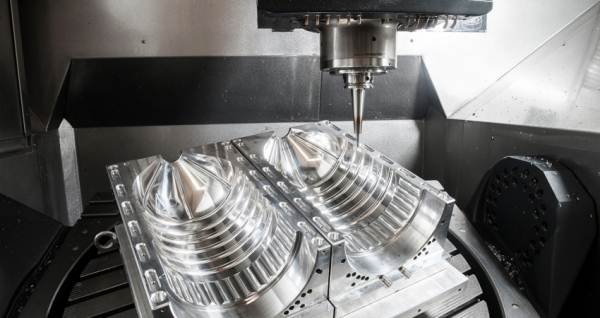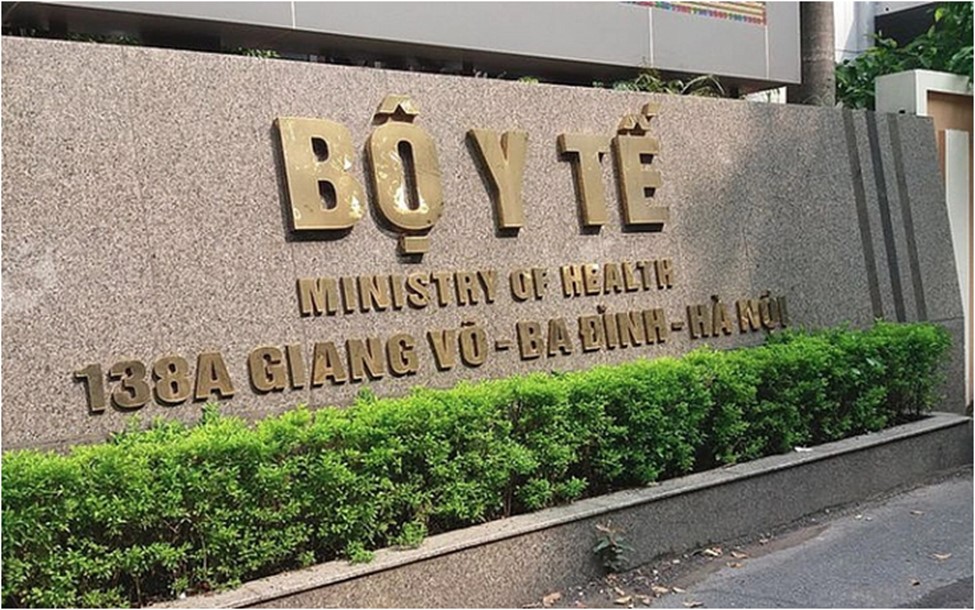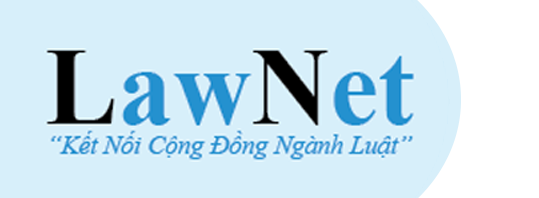Vietnam: Basic knowledge required for graduates of Mould fabrication, Level 5 of VQF
Circular 47/2018/TT-BLDTBXH issued by the Ministry of Labor, Invalids, and Social Affairs of Vietnam on the minimum knowledge volume and required competencies for graduates from intermediate (Level 4 of VQF) and college (Level 5 of VQF) levels in mechanical engineering sectors will come into force from February 10, 2019.

Vietnam: Basic knowledge required for graduates of Mould fabrication, Level 5 of VQF - Illustrative Image
According to the regulation on the minimum knowledge volume and required competencies for graduates from intermediate and college levels in Mould fabrication issued together with Circular 47/2018/TT-BLDTBXH, the basic knowledge required for graduates of Mould fabrication, Level 5 of in Vietnam is specified as follows:
- Analyze the marks, symbols, visualizations, and regulations related to detail drawings and assembly drawings;
- Compare the differences between the first-angle and third-angle projection methods (E and A);
- Analyze the functions and operating principles of automatic control systems by electricity, electronics, etc., in machine tools;
- Analyze the functions and usage scope of 2D, 3D drawing-designing software and basic CAM (Computer-Aided Manufacturing) programming software in mold processing;
- Describe the mechanical and physical properties of common materials used in mechanical engineering, mold manufacturing materials, and mechanical-thermal treatment methods to enhance mold durability;
- Explain the tolerance and fit symbols noted in drawings and calculate: deviations, tolerances, part dimensions; clearance, interference, and joint tolerances per Vietnam Standards and ISO standards;
- Describe and explain the physical phenomena occurring during the processing: mechanical, electrical discharge, forging, casting metals, plastic molding, rubber pressing;
- Describe the functions, structures, operating principles, measurement methods, reading, calibration, and preservation of common measuring tools and equipment in the profession;
- Analyze the functions, structures, principles, working conditions, and technical requirements of molds and mold components;
- Determine the working condition of molds, failure phenomena, causes, and remedies;
- Analyze processing accuracy and methods to achieve processing accuracy;
- Analyze the requirements, principles, and procedures for reference selection; design technological processes, design jigs, and tools for mold processing and assembly;
- Describe the functions, structures, operating principles, technical requirements, and technological capabilities of various metal cutting machines, numerically controlled machine tools, pressing devices, die-casting, plastic molding, rubber pressing, and common tools, jigs, and accessories in the profession; pressing devices, die-casting, plastic molding, rubber pressing, and common tools, jigs, and accessories in the profession;
- Describe basic knowledge on politics, culture, society, law, national defense and security, and physical education per regulations.
Details are specified in Circular 47/2018/TT-BLDTBXH effective from February 10, 2019.
Le Vy
- Number of deputy directors of departments in Vietnam in accordance with Decree 45/2025/ND-CP
- Cases ineligible for pardon in Vietnam in 2025
- Decree 50/2025 amending Decree 151/2017 on the management of public assets in Vietnam
- Circular 07/2025 amending Circular 02/2022 on the Law on Environmental Protection in Vietnam
- Adjustment to the organizational structure of the Ministry of Health of Vietnam: Certain agencies are no longer listed in the organizational structure
- Vietnam aims to welcome 22-23 million international tourists in Vietnam in 2025
-

- Number of deputy directors of departments in Vietnam ...
- 15:04, 05/03/2025
-

- Cases ineligible for pardon in Vietnam in 2025
- 14:43, 05/03/2025
-

- Decree 50/2025 amending Decree 151/2017 on the ...
- 12:00, 05/03/2025
-

- Circular 07/2025 amending Circular 02/2022 on ...
- 11:30, 05/03/2025
-

- Adjustment to the organizational structure of ...
- 10:34, 05/03/2025
-

- Notable new policies of Vietnam effective as of ...
- 16:26, 11/04/2025
-
.Medium.png)
- Notable documents of Vietnam in the previous week ...
- 16:21, 11/04/2025
-
.Medium.png)
- Notable documents of Vietnam in the previous week ...
- 16:11, 02/04/2025
-
.Medium.png)
- Notable new policies of Vietnam to be effective ...
- 16:04, 02/04/2025
-
.Medium.png)
- Notable new policies of Vietnam effective from ...
- 14:51, 21/03/2025
 Article table of contents
Article table of contents
